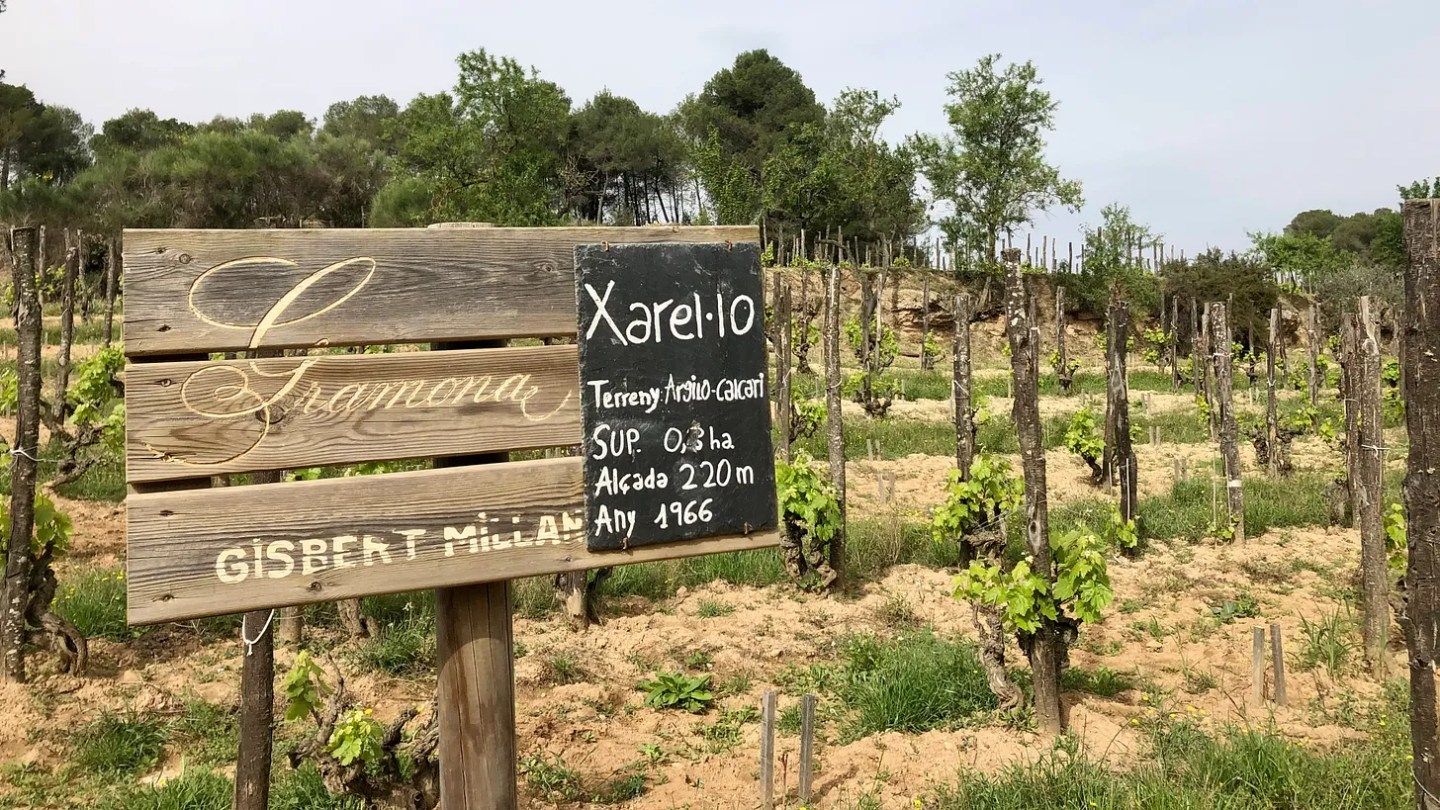
Welcome
Create your free Unicorn account to bid in our legendary weekly auctions.
By continuing, you agree to the Unicorn Terms of Use, Privacy Policy, Conditions of Sale, and to receive marketing and transactional SMS messages.
Already have an account?

Let’s get you approved to bid
To place your first bid, you’ll need to get approved to bid by confirming your mailing address and adding a payment method
Xarel·lo Is Not Just For Cava Anymore
Why you're going to be drinking a lot more of this Catalan white in the near future
Jason Wilson · Feb 28, 2024

In the past, I've written about the new wave of Spanish sparkling wine. For years, most sparkling wine from Spain had been labeled Cava, and most American wine drinkers know Cava as an inexpensive alternative to Champagne. But these days, the best producers in Catalonia don’t call it Cava anymore.
You’ll see it labeled as Corpinnat or Clàssic Penedès (or even “Conca del Riu Anoia” from producer Raventós i Blanc). As I explained:
The rules for Corpinnat and Clàssic Penedès are strict. Grapes must be organic and picked by hand. All wine must be made at the winery, with no juice bought from outside, per Big Cava’s business model.
One of the most interesting developments I’ve seen on my recent visits to Catalonia has been the emergence of Xarel·lo as the region’s premier grape. Xarel·lo (pronounced chah-rell-lo) is the most uniquely Catalan variety—with its unique Catalan spelling: no that dot is not a typo.
Traditionally, Cava is made from three white grapes: Macabeu (aka Macabeo, aka Viura), Parellada, and Xarel·lo. While the vast majority is a blend, some of the Corpinnat producers have begun exploring single-varietal bottlings, focusing on Xarel·lo. Xarel·lo has high acidity, low pH, and one of the highest levels of the anti-oxidant resveratrol. There is almost no Xarel·lo planted outside of Catalonia.
“Nobody knows how long a Xarel·lo can age. They used to think it was too rustic and too strong. No one ever did more than 40% in a blend. Why didn’t we look at this grape and give it the importance it deserves?” said Ton Mata, of the famed Corpinnat producer, Recaredo. When Recaredo released its legendary 1999 Turó d’en Mota in 2008, they were the first to do a 100% Xarel·lo. Now, they and others are in the process of selecting Xarel·lo exceptional vines and using those cuttings when they plant new vineyards.
Perhaps even more exciting is to see Xarel·lo popping up in still wines. Non-sparkling Xarel·lo has become a wine-bar staple in Barcelona and Madrid, and the wines are really good. Like all the world’s great grapes, Xarel·lo is site specific and can vary according to terroir, but in the broadest sense, I feel like it falls somewhere between Chardonnay and Chenin Blanc.
We’re starting to see more still Xarel·lo here in the U.S. I recently tasted two great examples of Xarel·lo’s potential, 2021 Nadal X and Loxarel Xarel·lo d’Amfora.
Nadal is one of the original wineries who left the Cava DO to create Corpinnat, and they make wonderful sparkling wines. Their still wine, X, is made in the Pénedes DO from 100% Xarel·lo Vermell, a rare red-skinned mutation (think Pinot Noir in relation to Pinot Gris). 2021 Nadal X Xarel·lo Vermell is pressed and fermented as a white wine. It’s got a beautiful, fresh nose of apple blossom, lemon zest, and cut flower stem, and complex and lacy on the palate, with green apple, nectarine, and a dry talc finish.
At the moment, as so often happens, Nadal X is hard to find in the U.S. In my searches, I turned up one store, in New York state, who has it in stock (for $24, though they have it mislabled under “French” wine). But the wine is now imported by VOS Selections, and I’m sure it will find wider distribution soon.
Loxarel Xarel·lo d'Ámfora, as the name suggests, is fermented and aged for five months in clay amphora. It’s made from the more common variety of Xarel·lo. This one veers more to the Chardonnay side, with a creamy texture (with just an attractive hint of that amphora/flower pot thing), ripe white peach balanced by cool mineral notes.

extendedBiddingModal.title
extendedBiddingModal.subtitle
extendedBiddingModal.paragraph1
extendedBiddingModal.paragraph2